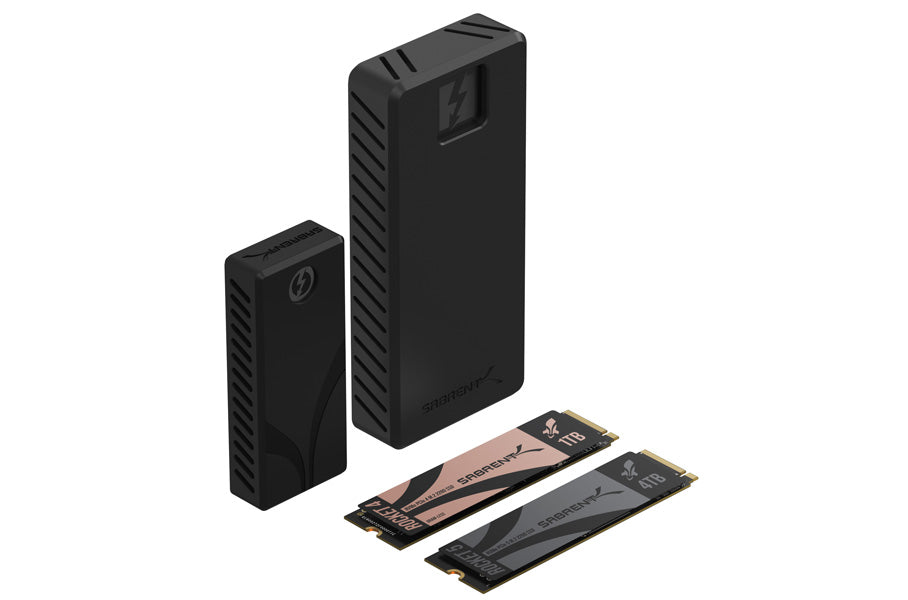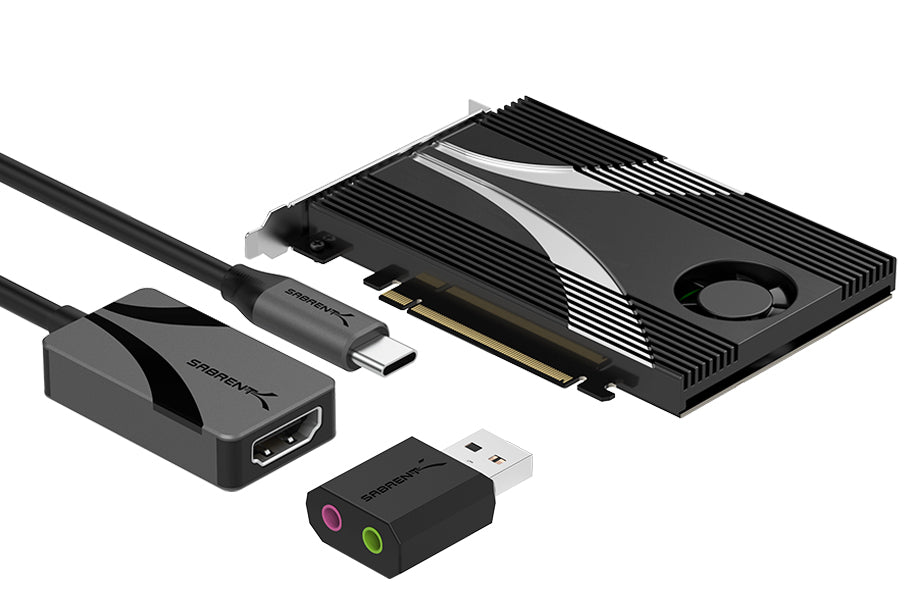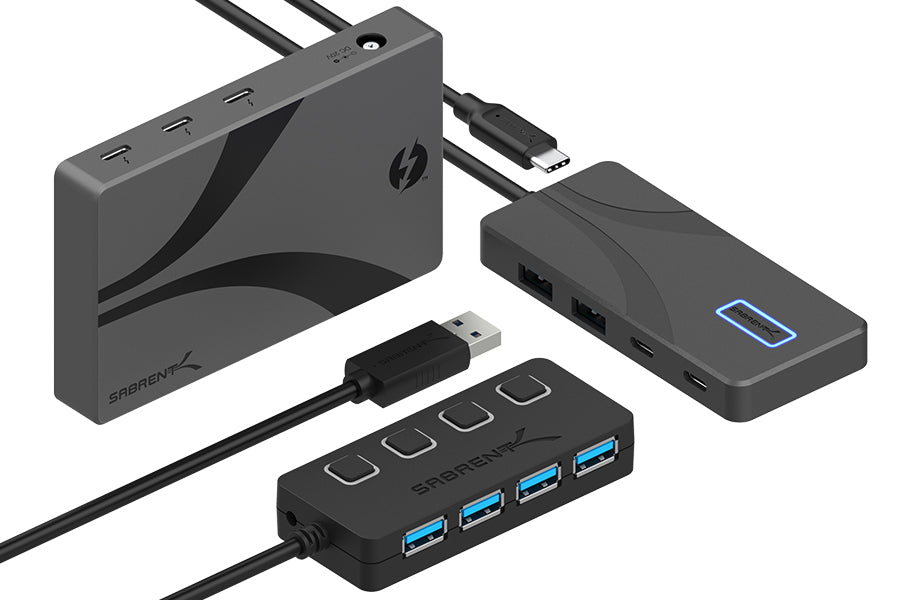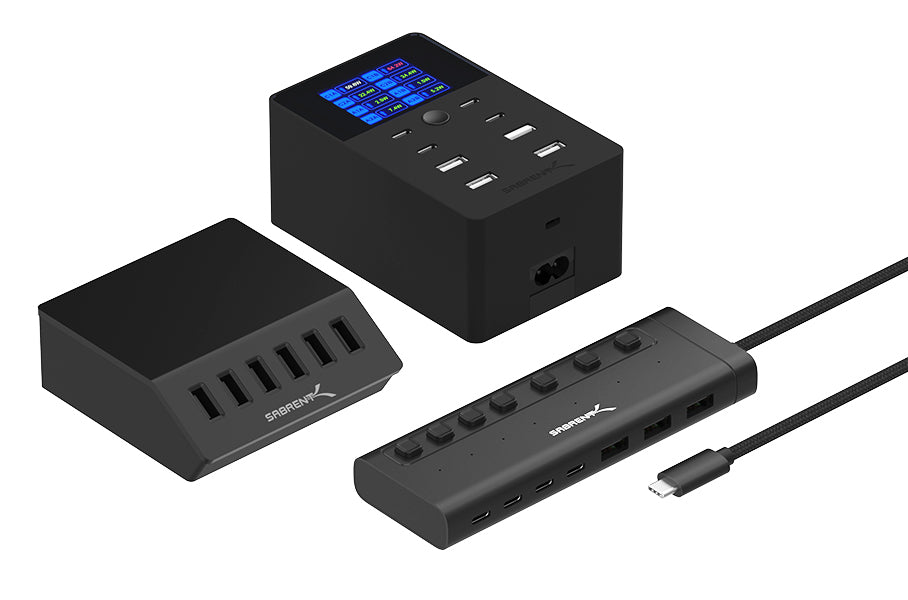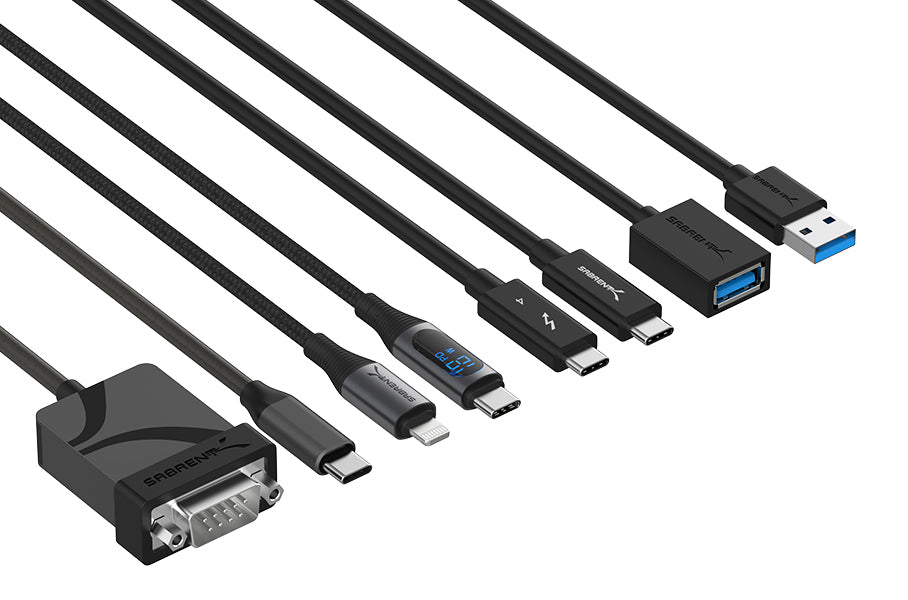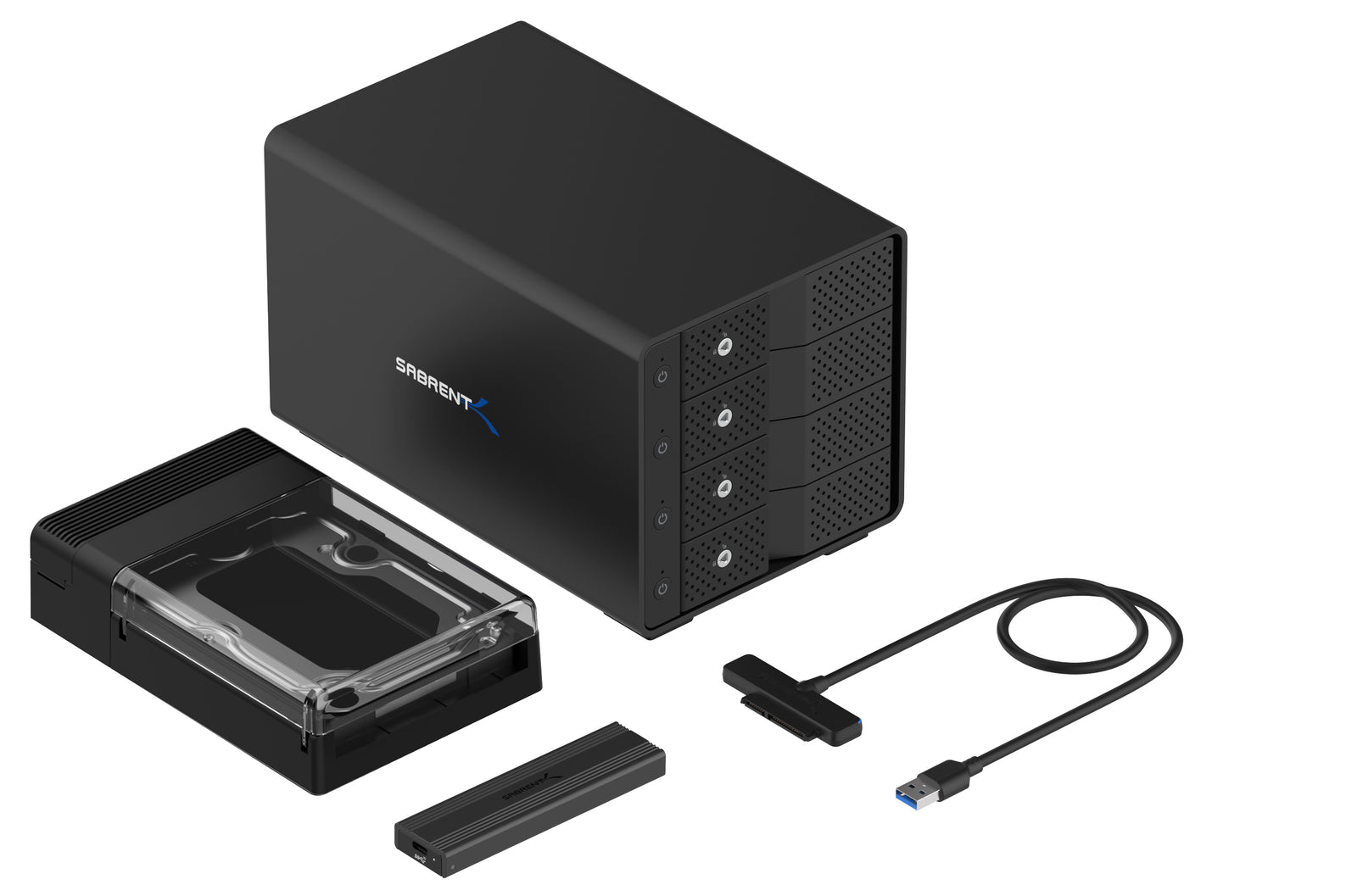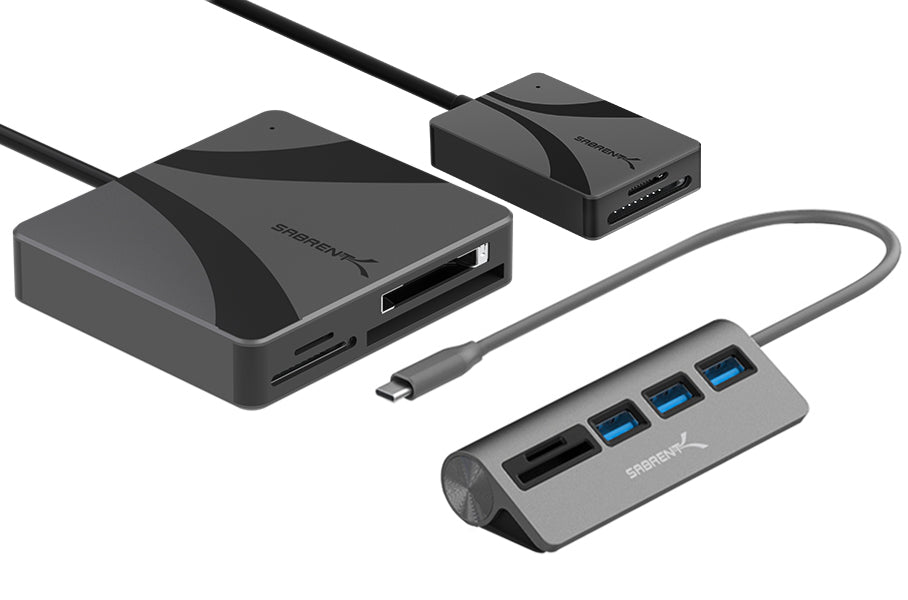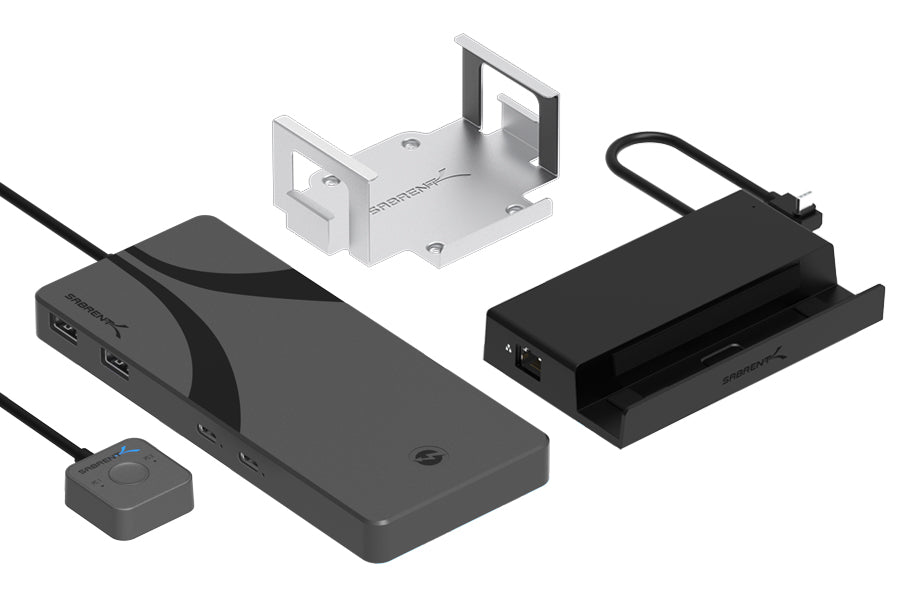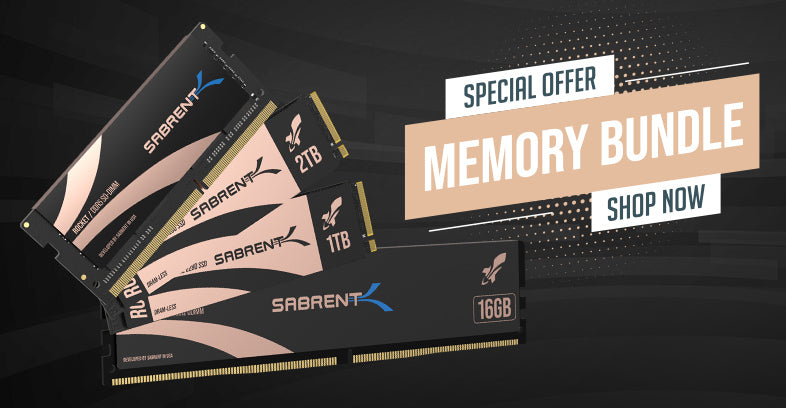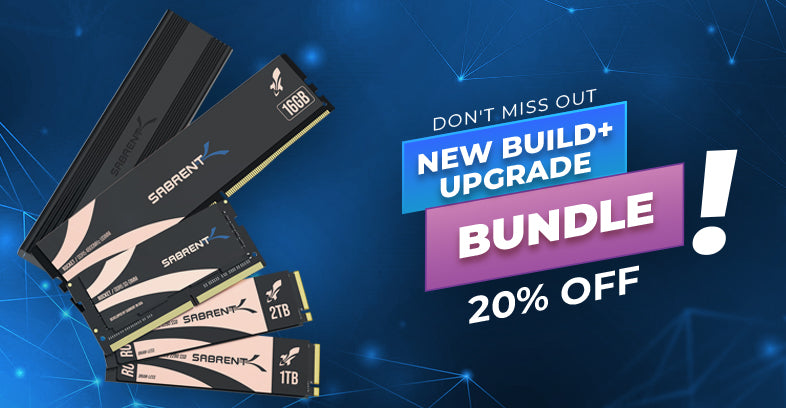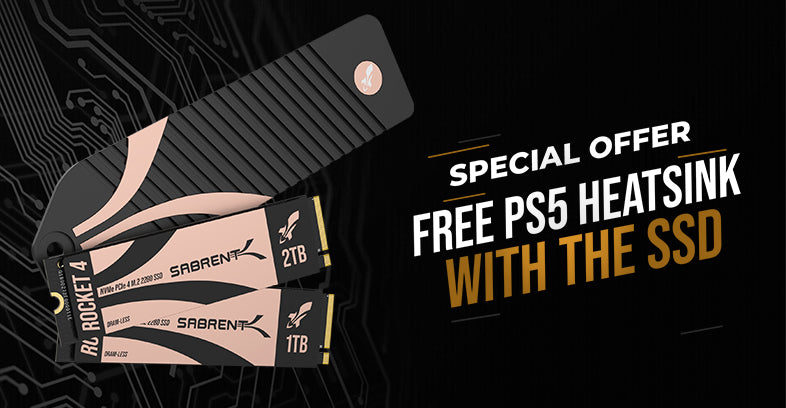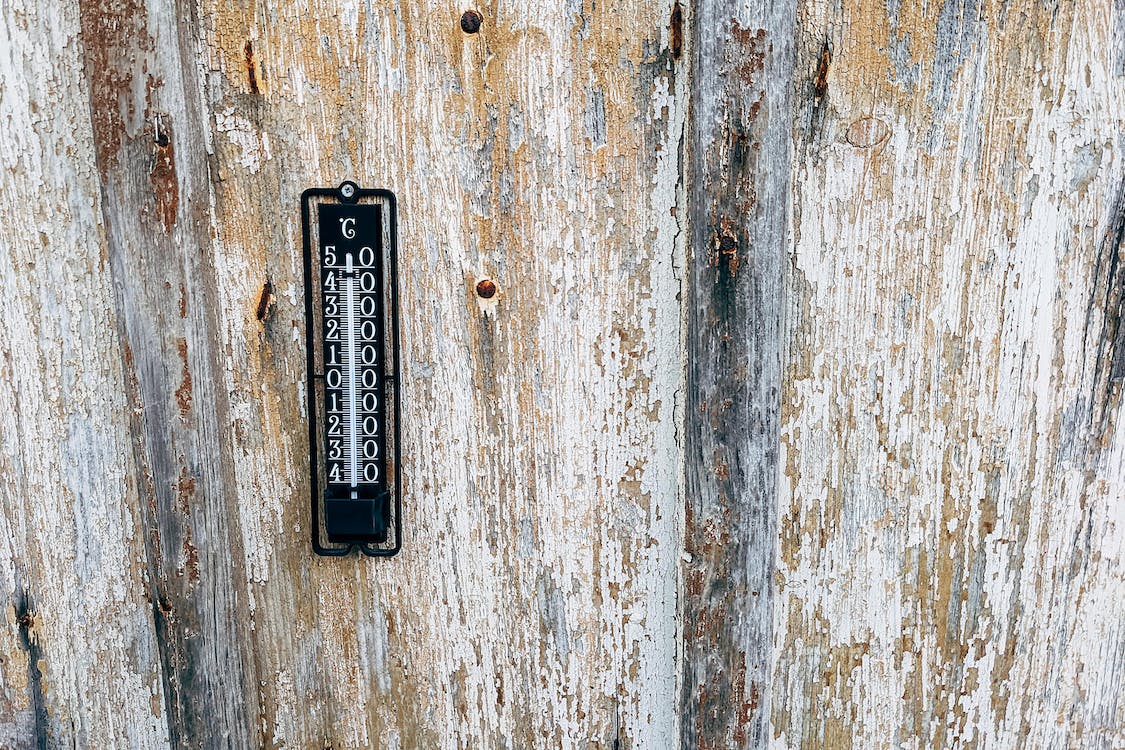Perhaps you’ve heard of containers, Docker, or Kubernetes, but never really thought it was for you. Getting started can be a daunting task for many. However, it’s now easier than ever to make good use of spare hardware to improve your life in unexpected ways. You don’t need enterprise-class gear and, in fact, our SSDs will work great for any of your projects. We also offer a ton of accessories that can facilitate setting up your micro servers - whether an old workstation, a spare HTPC, or even a Raspberry Pi or three. So if you have some spare time, get to tinkering.

A good place to start is Docker Desktop, which is available for Windows, Mac, and Linux. Signing up for a free account with Docker gives you a bit more freedom and makes it easier to find and collate images that you like. Images are stock configurations that let you set up your containers, although there are some variables you may want to change, for example the local port so other computers on your local network (LAN) can access the service. Grabbing an image from the Docker repository (container image library) is as simple as running a copied command from the image’s page in a command prompt or PowerShell instance, assuming Docker has already been installed.
What kind of things would make for a good start? Private search is all the rage, with many users going to DuckDuckGo or Brave. In fact, you can run your own private search with searx or searxng. It’s even possible to make these searches more secure, but these images are a good start. How about your own cloud storage service? The NextCloud image lets you spin up and manage just that. This is a scalable service, but may be useful for just yourself if set up correctly. It is possible to forward ports from your router or modem so that these services can be accessed remotely, of course.
You can also run your own web server with Apache or NGINX. If you just need a content management system (CMS) - for example, to host your own website - there’s Drupal, Joomla, Wordpress, and more. PHP and database systems are also supported. How about your media? You can run a Plex Media Server, an Emby server, Sonarr, and much more. Docker can be a good way to get your feet wet without a huge commitment. After that, you can scale up and out to bigger and better things if you’re so inclined. Feel free to experiment!
Your servers should be powered by our storage devices - both internal and external options may be suitable. SSDs are excellent for caching to larger HDD arrays and smaller systems may benefit from portable storage; after all, laptops and Raspberry Pis can run smaller services just fine. Containers can take up a lot of RAM, though, so upgrade with our memory to help scale out your instances. We can accommodate external HDDs with bays and other hard drive accessories to facilitate data storage and movement. If you need KVM or more devices, our hubs have you covered, and we offer networking accessories as well.
To discover more, check out the Ubuntu tutorial for setting up Kubernetes on Raspberry Pis (see this link for other OS options). Kubernetes is for container orchestration and is thus different from Docker, but can work with Docker. It uses clusters and nodes for scalable containerization.
If you intend to experiment on Windows, please install Windows Subsystem for Linux (WSL2 preferred) first. This feature can be useful for you in other ways, as well.
